Japanese cuisine has always captured the global imagination with its deep cultural roots, delicate flavors, and artistic presentation. The country’s food scene continues to evolve in exciting and unexpected ways, even in 2025. From high-tech dining innovations to fusion foods, more culinary trends are emerging.
Whether you’re a foodie, traveler, or simply curious about Japan’s food scene, keeping an eye on these trends allows you to stay ahead of the future. Keep reading to discover the top Japanese food trends to watch in 2025 while learning how the country blends culture with innovation.
How Does Japanese Food Influence Global Cuisine?
Japanese food has significantly impacted global cuisine, influencing casual food culture and fine dining worldwide. These foods stand out on social media and the global food industry because they focus on balance, seasonality, and presentation.
Japanese cuisine is renowned because it introduces a refined approach to food that prioritizes freshness and aesthetics. Many signature ingredients associated with this cuisine have become staples in most international kitchens; they include:
Many have adopted techniques like sushi rolling, umami-based cooking, and tempura frying. As you’d expect, different people worldwide have fused Japanese cuisine with their local flavors to create unique hybrids.
Besides the ingredients and methods, Japanese dining philosophies have inspired the global food scene. The concept of traditional Japanese food, also called Washoku, prioritizes mindful eating and harmony with nature, matching current wellness and sustainability trends.
Portion control and minimalist presentation accompanying Japanese cuisine have also influenced how many global restaurants serve their meals. In addition, you can now find different Japanese street foods in trucks, cafes, and fast-casual spots worldwide. The most popular Japanese street foods include:
- Mochi
- Ramen
- Dango
- Onigiri
- Tokoyaki
- Karaage
With increasing globalization, Japanese food has remained a solid culinary option worldwide. It is essentially shaping how people cook, eat, and appreciate food across different cultures and countries.
Top Japanese Food Trends for 2025

Just like any other cuisine, Japanese cuisine continues to evolve despite the culture that follows it. Technological innovations and growing health awareness are also prompting the current trends in the country’s food scene. Here are the top trends for 2025.
Japanese Fusion Foods
Japanese fusion foods blend traditional Japanese flavors with global cuisines. This is becoming a major trend in 2025, with people mixing them in creative and exciting ways. For instance, chefs are experimenting with various combinations like sushi tacos and miso-infused pasta.
These fusion foods have continued to attract adventurous eaters and young foodies. In the same way, chefs are incorporating Japanese ingredients like Shiso, Yuzu, and Umeboshi into international dishes. Fusion cuisine closes the gap between cultures, making Japanese food more accessible.
High-Tech Dining
Innovations in dining technology are transforming the Japanese food scene in 2025. These create better results by combining high-tech tools and culinary skills. Innovations like AI-powered chefs, automated food conveyors, and smart menus are becoming more common in Japanese restaurants.
Augmented reality and Japanese dining experiences are also gaining popularity. These allow guests to enjoy their meals while interacting with digital elements. Robotic servers and AI ordering systems improve hygiene and efficiency in busy locations. Japan’s love for tech is making dining more engaging and changing how people eat.
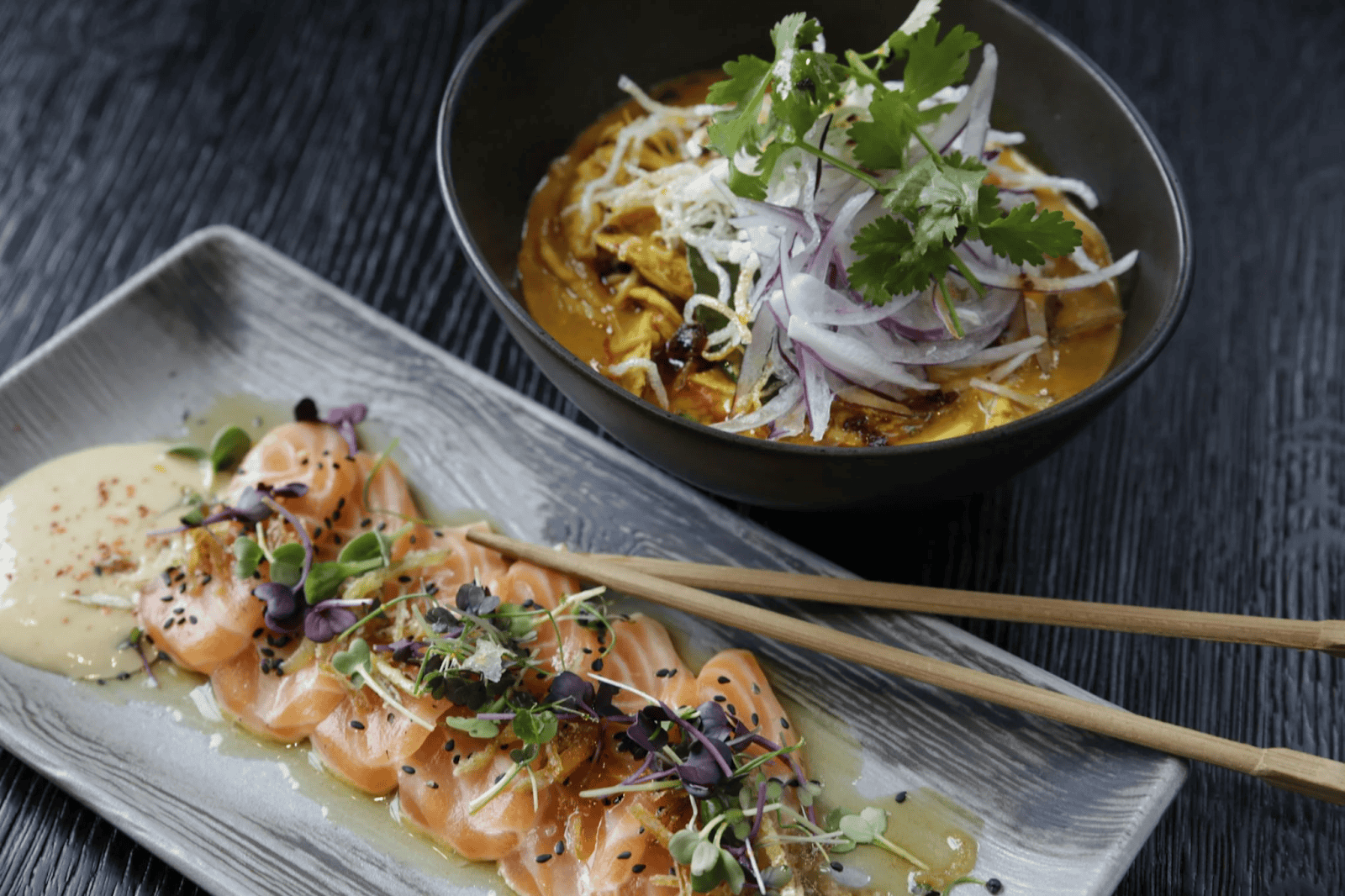
Textured Snacks
Snacks are a huge part of Japanese food culture. Therefore, consumers are looking for variety in their snacking experience, and textured snacks are emerging as a food trend in 2025. These snacks include crispy seaweed chips, chewy rice cakes, and soybean puffs, whose textures are as important as the flavors.
Japanese snack makers are producing multi-layered bites that you can chew, crunch, or have melt in your mouth. Besides the sweet and savory snacks made of rice or seaweed, onigiri is also growing in popularity. Some onigiri fillings may be mayo tuna, pickled plum, or teriyaki chicken.
Increasing Use of Ocean Food
The increasing use of ocean-based food is becoming a standout trend in Japanese cuisine. This is driven by nutrition, innovation, and sustainability. Besides traditional seafood, there is an increasing attention on eco-friendly, nutrient-rich ingredients, such as:
- Jellyfish
- Seaweed
- Algae
Chefs are adding these ocean plants to their foods, salads, and snacks. Since overfishing is becoming a global concern, sea vegetables offer a sustainable alternative that matches Japan’s deep respect for the sea. Marine-based proteins and seafood alternatives from ocean crops are also gaining popularity.
Fermentation
Fermentation is taking a central stage in Japanese food trends for 2025. This technique is getting more widely used due to its health benefits and deep cultural roots. Fermented staples, such as soy sauce, natto, and miso, are used in modern beverages and dishes.
Chefs are exploring new fermentation methods and employing old techniques to create complex flavors. This trend also matches the global interest surrounding gut health, as fermented foods are known to support digestion and immunity. There will be more fermented ingredients in Japanese cocktails or desserts.
Photo courtesy of Pexels
Globalization of Japanese Desserts
Globalization is also playing its part with Japanese desserts, as the country’s traditional sweets are widely used worldwide in 2025. Delicacies like Dorayaki, Mochi, and Taiyaki are being prepared with global flavors. For instance, imagine Mochi filled with Nutella or Matcha Tiramisu.
Japanese ingredients like black sesame and Yuzu are now common in dessert menus worldwide. However, food businesses looking to add these items to their menu must work with a food recruiter to hire the right personnel to make them.
Rising Health Consciousness
Increasing health consciousness is also playing a huge role in shaping Japanese food culture in 2025. Consumers are now looking for nutritious and clean-label options. Traditional Japanese foods naturally match this trend since most dishes contain vegetables, fermented ingredients, and lean proteins.
More demand for low-sodium, low-sugar, and plant-based options affects how packaged foods and home-cooked meals are prepared. People are paying more attention to foods like Tofu, seaweed, and Kinako for their health benefits.
Endnote
The evolution of the Japanese food scene matches the current cultural and technological atmosphere in 2025. For instance, fusion foods, high-tech dining, textured snacks, and ocean foods are becoming more popular. Fermentation, the globalization of Japanese desserts, and increasing health consciousness are also affecting the country’s cuisine.
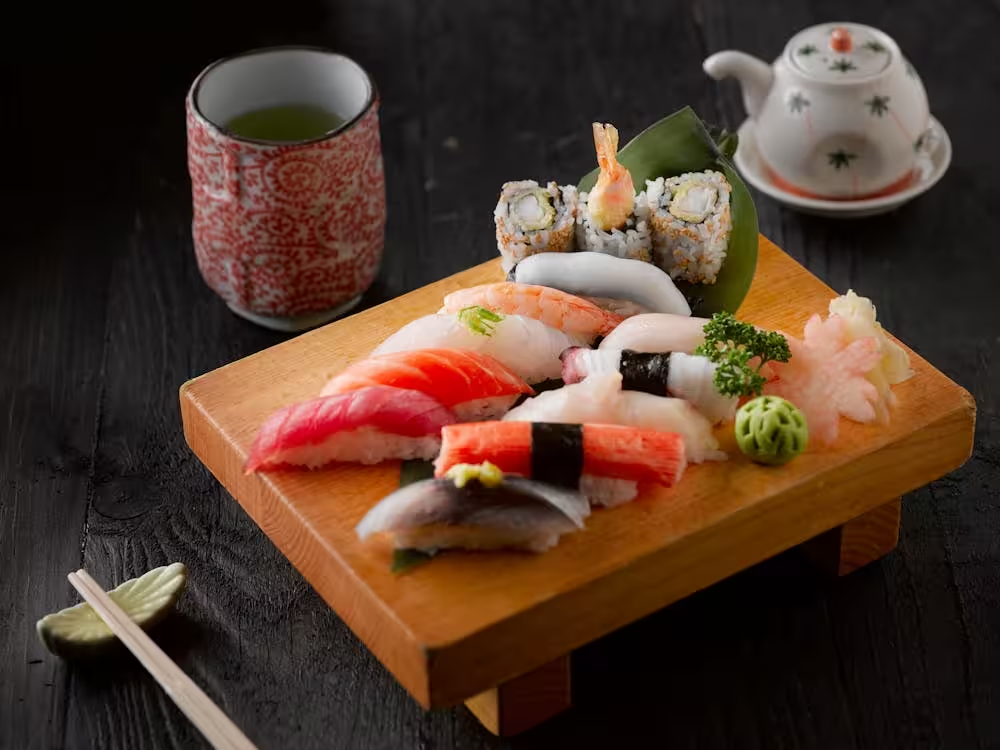
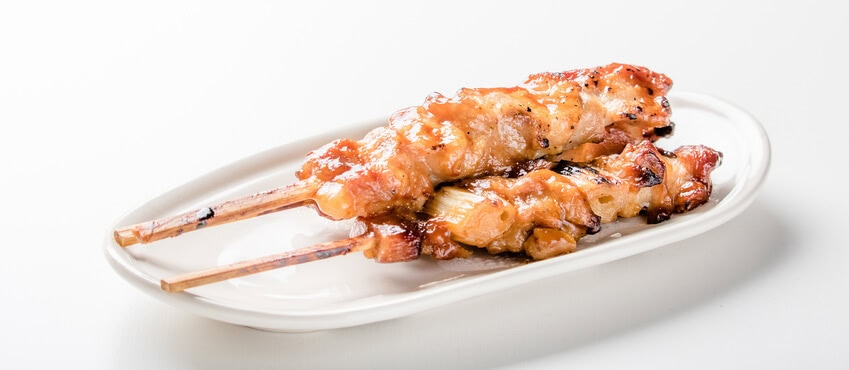
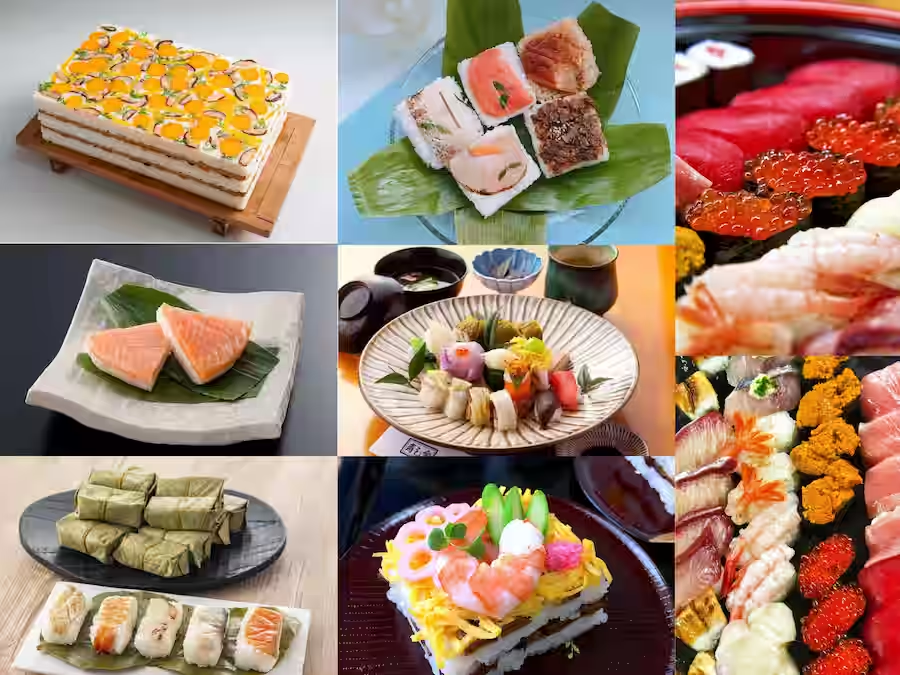
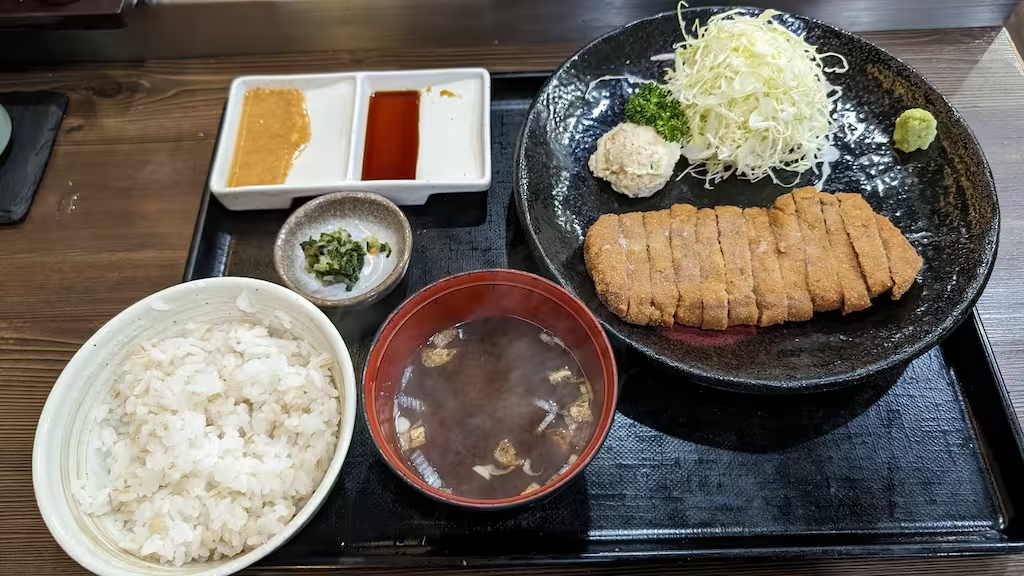
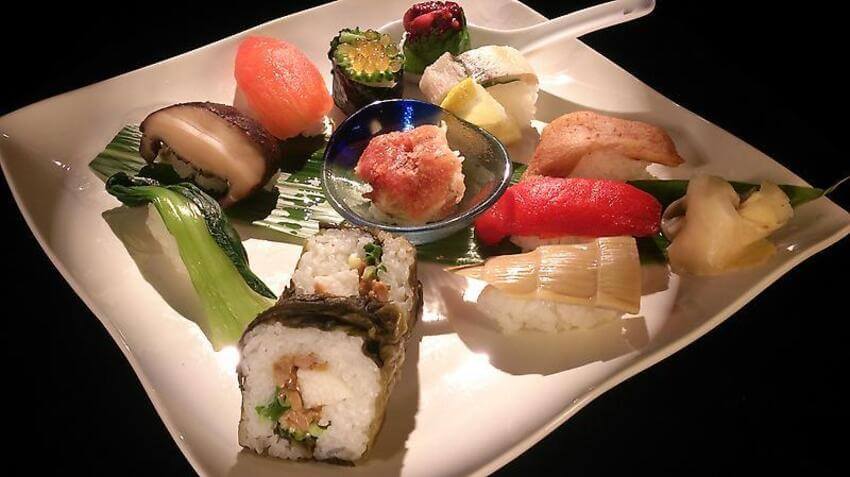

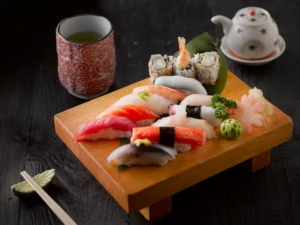
Comments